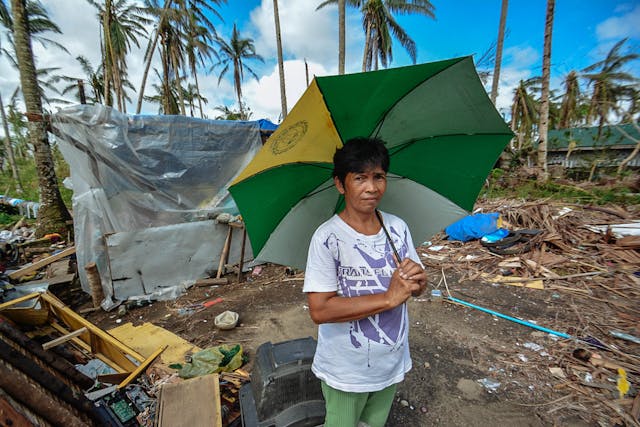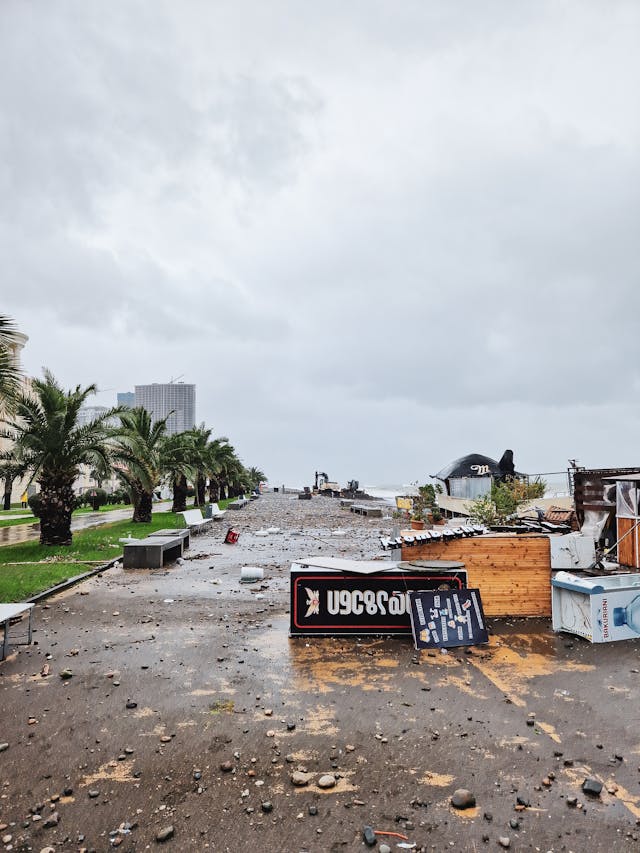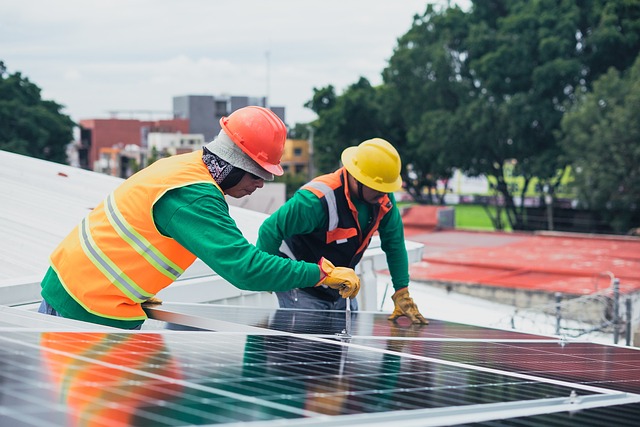Table of Contents
- What is Hurricane Season?
- Difference Between Watch and Warning
- Preparing Your Home
- Emergency Kits Essentials
- Evacuation Plans
- Staying Informed
- Post-Storm Recovery
What is Hurricane Season?
Hurricane season is the period in the year when hurricanes are most likely to form in the Atlantic Ocean, the Caribbean Sea, and the Gulf of Mexico. Typically, it runs from June 1 to November 30, with the peak occurring from mid-August to late October. Understanding the timeline can help you stay prepared and alert. During this period, keeping a close eye on weather reports and updates from credible sources is essential. By doing so, you can act swiftly in case a hurricane forms and heads your way.
Difference Between Watch and Warning
As the hurricane season approaches, being prepared and informed is crucial. One key aspect of preparation is understanding the terms you’ll hear, such as hurricane watch versus warning. A hurricane watch means hurricane conditions are possible in the specified area, usually within 48 hours. This alert indicates that you should prepare your home and family for potential impact. On the other hand, a hurricane warning means that hurricane conditions are expected within 36 hours. At this stage, you should complete your storm preparations and be ready to take immediate action if advised by local officials. Knowing the difference can save lives and help you make informed decisions during the hurricane season.
Preparing Your Home
Protecting your home is crucial during hurricane season. There are several steps you can take to minimize damage and ensure your safety:
- Securing roofs, windows, and doors: Ensure that your roof is in good condition and that your windows and doors are properly sealed. If you want to protect your windows, consider installing plywood or storm shutters.
- Trimming trees and removing potential flying debris: Regularly trim trees and shrubs to prevent branches from breaking off and causing damage. Remove loose objects from your yard, such as patio furniture and decorations, which can become projectiles during high winds.
- Ensuring gutters are clear: Maintaining clean gutters and downspouts will stop water from backing up and harming your walls and roof.
- Having a backup generator for essential appliances: If you live in an area prone to power outages, consider investing in a backup generator to keep essential appliances, such as refrigerators and medical equipment, running during a storm.
Additionally, consider reinforcing your garage doors and securing outdoor sheds or structures. Taking these precautions can significantly reduce the risk of damage to your property during a hurricane.

Emergency Kits Essentials
Your emergency kits should include essential items to sustain your family for at least three days. Here are some critical items to include:
- Non-perishable food and water: Aim for at least one gallon of water per person daily and stock up on non-perishable foods like canned goods, protein bars, and dried fruits.
- Medications and essential medical supplies: Ensure you have an adequate supply of prescription and over-the-counter medications, such as antacids and pain relievers. A first-aid package containing bandages, disinfectants, and other medical supplies should be included.
- Important documents: Keep copies of important documents, such as ID cards, insurance papers, and property records, in a waterproof container.
- A battery-powered or hand-crank radio: Stay informed about weather updates and emergency instructions with a battery-powered or hand-crank radio. Include extra batteries or a backup power source.
- Flashlights and extra batteries: Ensure you have enough flashlights and extra batteries to provide light during power outages.
- Basic tools: Include tools like a multi-tool, duct tape, and a whistle to signal for help if needed.
Ensure your kit is easily accessible and that all family members know its location. Regularly check and update your emergency kit to ensure that all items are in good condition and within their expiration dates.
Evacuation Plans
A clear evacuation plan is essential to ensure your family’s safety during a hurricane. Here are some steps to create an effective plan:
- Know your local and alternative evacuation routes: Identify the primary evacuation routes in your area and have alternative paths in case the primary routes are blocked. Familiarize yourself with these routes and practice driving them under different conditions.
- Establish a meeting point: Choose a safe location where your family can regroup if separated during the evacuation. Ensure everyone knows the address and how to get there.
- Discuss and practice your evacuation plan: Hold regular family meetings to discuss and practice your evacuation plan. During an evacuation, make sure everyone is aware of their roles and duties.
Remember to include pets in your evacuation plan and have their necessities, such as food, water, and medications, ready. A well-thought-out evacuation plan can ensure a smooth and safe evacuation if needed.
Staying Informed
Staying informed during hurricane season is critical to ensuring your safety and making timely decisions. Here are some key actions to stay informed:
- Signing up for local alerts and warnings: Subscribe to local emergency alert systems to receive real-time updates and warnings about hurricanes and other severe weather conditions.
- Monitoring weather reports: Look for reports from reputable sources like the National Weather Service and local news stations. Weather websites and smartphone apps can also provide up-to-date information.
- Using social media: Follow local government agencies, emergency services, and weather organizations on social media for real-time updates. However, always verify information from credible sources before taking action.
Staying informed can help you make timely decisions and take appropriate actions to ensure your and your family’s safety during a hurricane.
Post-Storm Recovery
After a storm has passed, the recovery process begins. Here are some tips for safe and effective recovery:
- Assessing your property for damage: Carefully inspect your property for any damage, such as broken windows, roof damage, and flooding. Be cautious of hazards like downed power lines and standing water.
- Documenting damage: Take photographs of any damage to your property for insurance purposes. Keep a detailed record of all damages and repairs.
- Contact your insurance company: Report any damages to your insurance company immediately and initiate claims. Provide the necessary documentation, such as photographs and receipts for repairs.
- Cleaning up safely: Wear protective clothing, such as gloves and boots, during cleanup. Be cautious of hazardous materials and ensure proper debris disposal.
Additionally, seek assistance from local authorities and disaster relief organizations if needed. The recovery process can be challenging, but taking it step by step and seeking help when necessary can make it more manageable.




